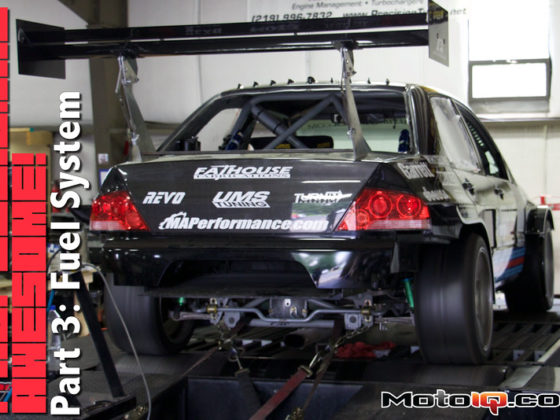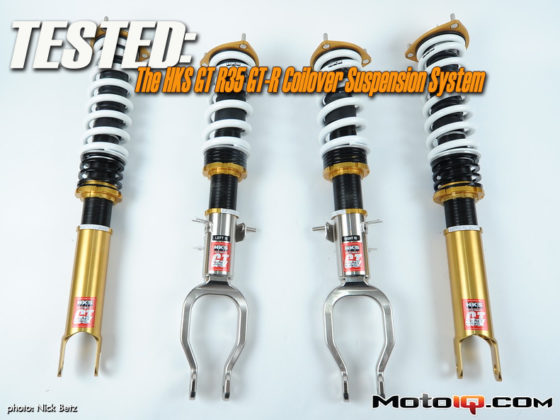,
What is containment?
During a wheel burst, whether turbine or compressor, blade or hub, the housing the wheel spins in is the main barrier between the flying debris and the outside world. Including your soft and squishy parts. Containment is the ability of a turbine or compressor housing to successfully absorb the ballistic energy released during a burst and contain the fragments within the confines of the housing. The housing should also contain the damage caused by loose wheels that have not burst, but are freely spinning around like a buzzsaw. Such as if the central shaft is overloaded and breaks or if the weld joint between the turbine and shaft fails.
Details of the containment testing will vary depending on the turbocharger manufacturer because the manufacturers who test for burst containment each define their own criteria for acceptable containment performance.
Unfortunately, burst testing is something much of the aftermarket either ignores or simply reverse engineer. Studying housings from major manufacturers that have been known to pass burst testing and copying their design, thicknesses, etc. with no actual validation testing, is not the kind of R&D you want to trust your build with.
 Before the test, the turbo is hooked up to the oil feed and drain and the inlet is prepared so that flow into the compressor can be regulated to help control turbo speed.
Before the test, the turbo is hooked up to the oil feed and drain and the inlet is prepared so that flow into the compressor can be regulated to help control turbo speed.What causes bursts to occur?
For one, the aforementioned combination of high temperature and high speed. High temperatures reduce material strength dramatically just as the internal stresses generated by high speed are becoming enormous. These are the obvious causes for wheel burst.
Although a turbocharger’s compressor wheel is usually made of aluminum, which has a lower material strength than that of the nickel-based Inconel turbine wheel, the lower density and the lower inertial loading that comes with it, of aluminum leads to the compressor burst speed typically being slightly higher than the turbine. However, the higher mass and tougher material of the turbine wheel means that it is usually more difficult to contain in the event of a burst.
One possible scenario is compressor wheel failure leading to turbine wheel burst. If the compressor wheel bursts or becomes detached from the shaft, it is no longer loading up the turbine with aerodynamic forces and inertia, but the exhaust flow usually continues if the engine is still running. After compressor failure the turbine wheel and shaft can instantly spool up to the speed at which the turbine wheel will naturally burst, because the workload which keeps the speed down has been removed from the system. Obviously, this is a bad day for the turbocharger! If your housings have been designed to contain the resulting explosion it does not have to be a bad day for you.
Another less intuitive cause for wheel bursts is fatigue. All metals have a fatigue life; that is, loaded with enough stress cycles (even below the strength limit) the material will eventually crack and fail despite the fact that the forces at work are not enough to hurt the wheel on their own without this repetitive cycling.
Aluminum’s fatigue resistance is low enough to cause concern for turbocharger engineers and must be taken into account when designing new compressor wheels. There are several types of fatigue failure modes but low-cycle fatigue (or LCF) is the one that typically leads to hub burst.
LCF is a phenomenon that can cause burst in wheels that are sped up near their maximum safe speed and slowed down over and over again. A turbocharger on a city bus is a classic example of an extreme application that can produce LCF-induced failure. A city bus has to make frequent stops, and the bus driver needs to get to each stop on time, meaning that they will usually floor the accelerator whenever the bus is in motion, then stop and idle, then repeat.
This constant on-off-on-off cycling of full-boost maximum shaft speed to idle and back again will eventually take its toll on the turbocharger and can induce compressor wheel burst. LCF failures usually can be traced back to microscopic material defects or inclusions in the wheel hub near the area of maximum stress, which is on the axis of rotation and in line with the back disc (or major diameter) of the wheel.
 Stress concentration in a compressor wheel running at full speed, shown in half of a cross cross-sectional The distribution represents tangential (hoop) stress, which drives LCF failure. The highest stress region is represented in red and is at bottom right corner, which is at the thru-bore of the wheel, in line with the exducer diameter. Cracks that lead to hub burst will most likely start in this red region.
Stress concentration in a compressor wheel running at full speed, shown in half of a cross cross-sectional The distribution represents tangential (hoop) stress, which drives LCF failure. The highest stress region is represented in red and is at bottom right corner, which is at the thru-bore of the wheel, in line with the exducer diameter. Cracks that lead to hub burst will most likely start in this red region.No material is completely free of defects, and any small void or inconsistency can cause the internal stresses to rise in the immediate vicinity. Even if that defect is extremely small, a crack will form and grow over time as that location is cyclically stressed at speed. If the turbocharger was only used a few times and then retired, this may never be a problem. But turbos on city buses and many other severe-duty vehicles live a long and hard service life. Why care about city buses? Because meaningful similarities can be drawn to racing vehicles; their drivers are usually demanding maximum power whenever they are on the throttle which is constantly cycled when driving around a track.
LCF failures can occur on racing turbochargers despite the fact that they will never see as many cycles as a city bus will in its lifetime because they are regularly pushed well above their limits in competition. The more extreme the speeds and temperatures, the fewer cycles it will take to cause a fatigue-related failure. Because no material is perfect, every wheel will eventually fail if cycled enough times. With careful material selection and quality control, however, the usable lifetime of the wheel can be extended long enough to outlive other components of the turbocharger and engine.



